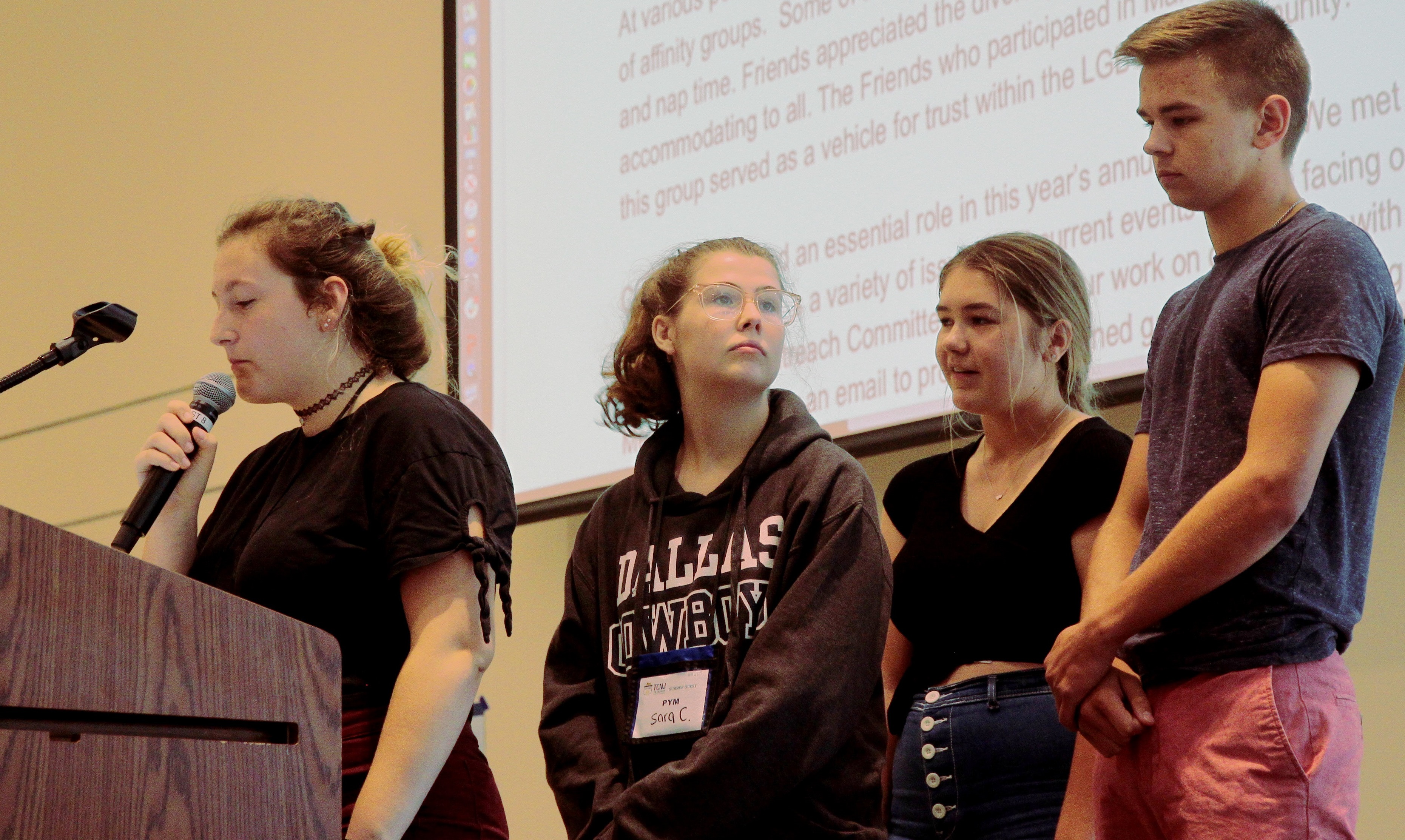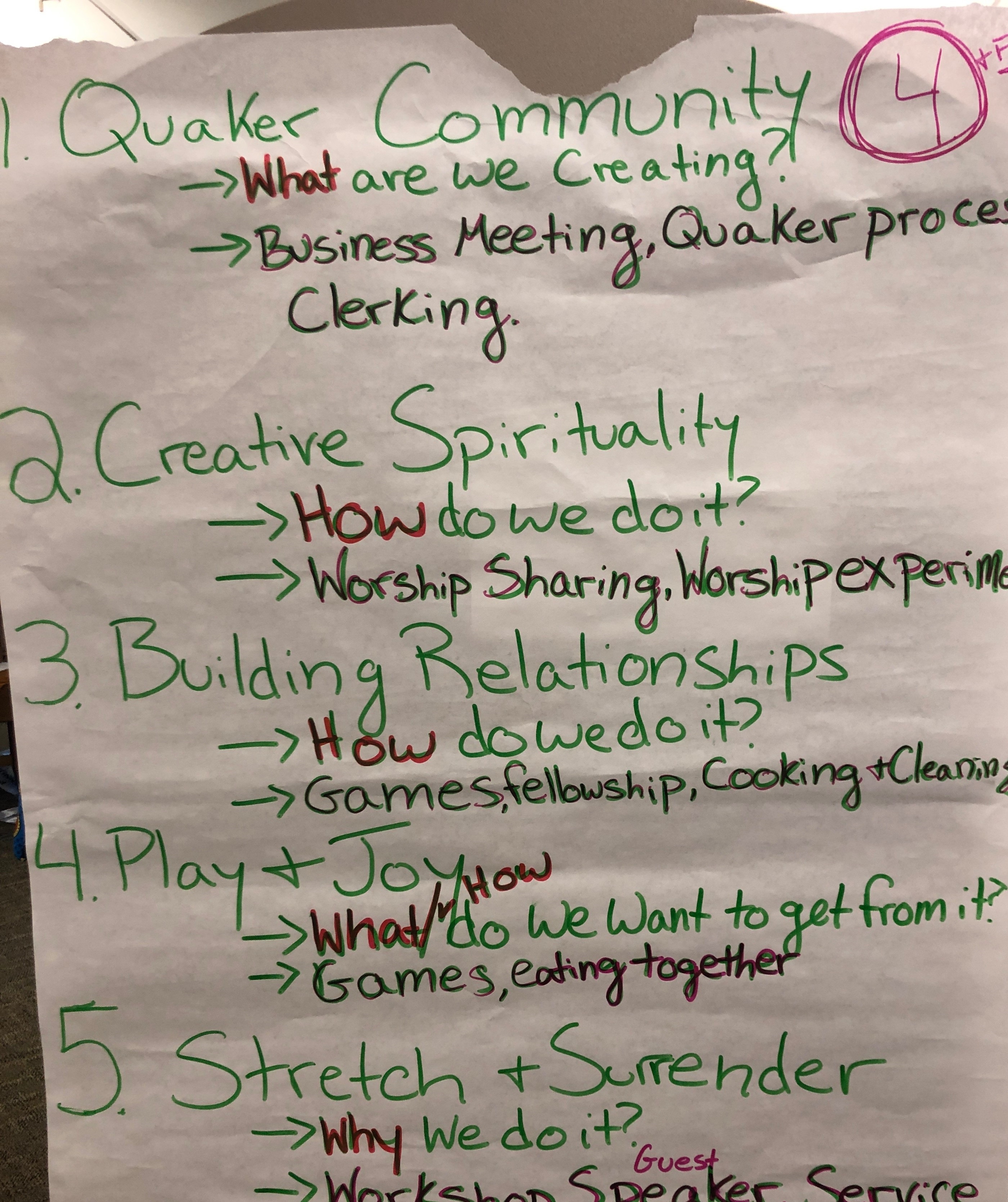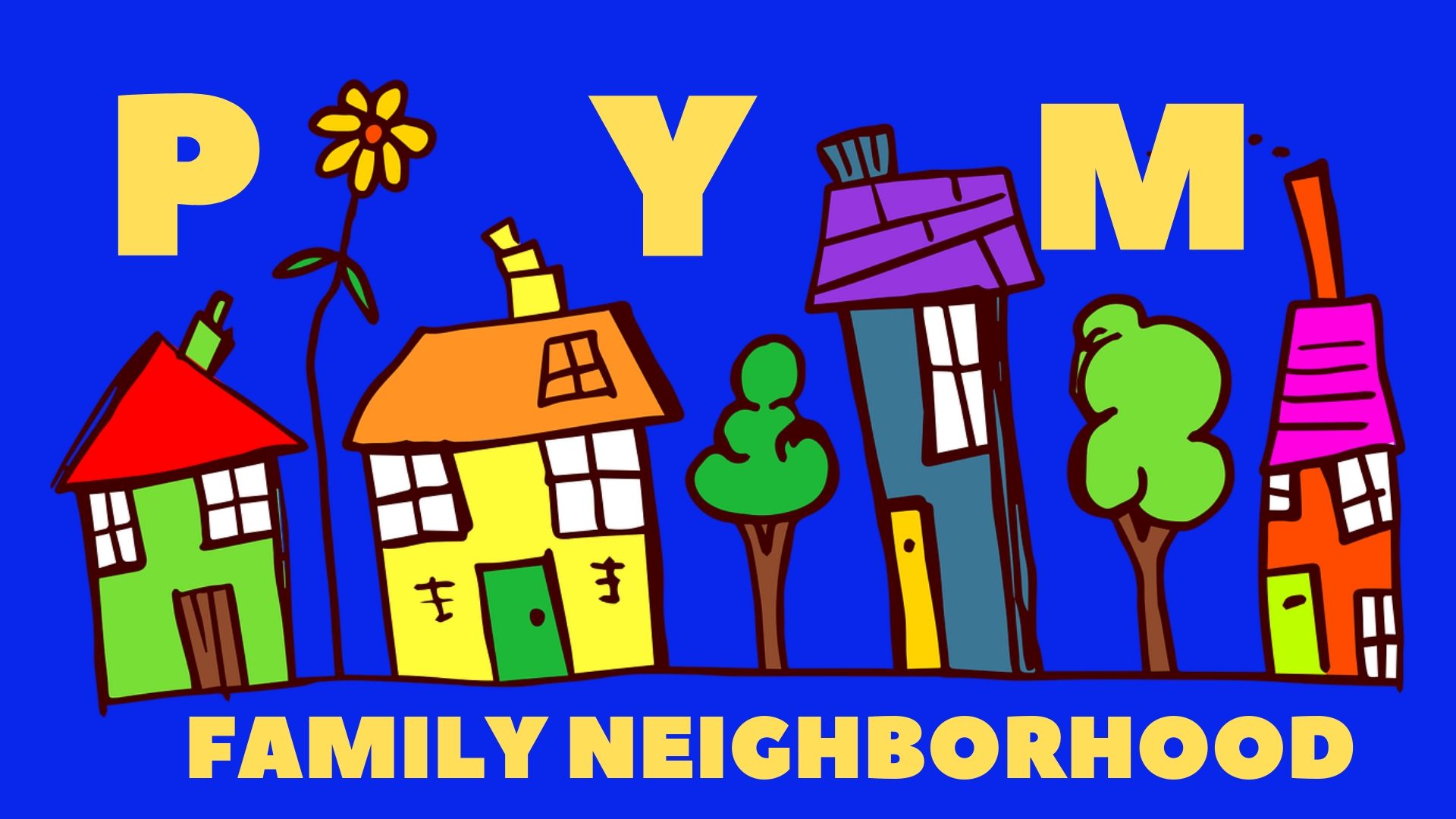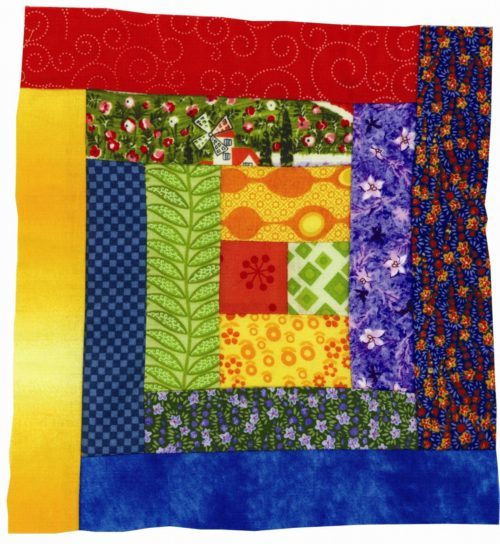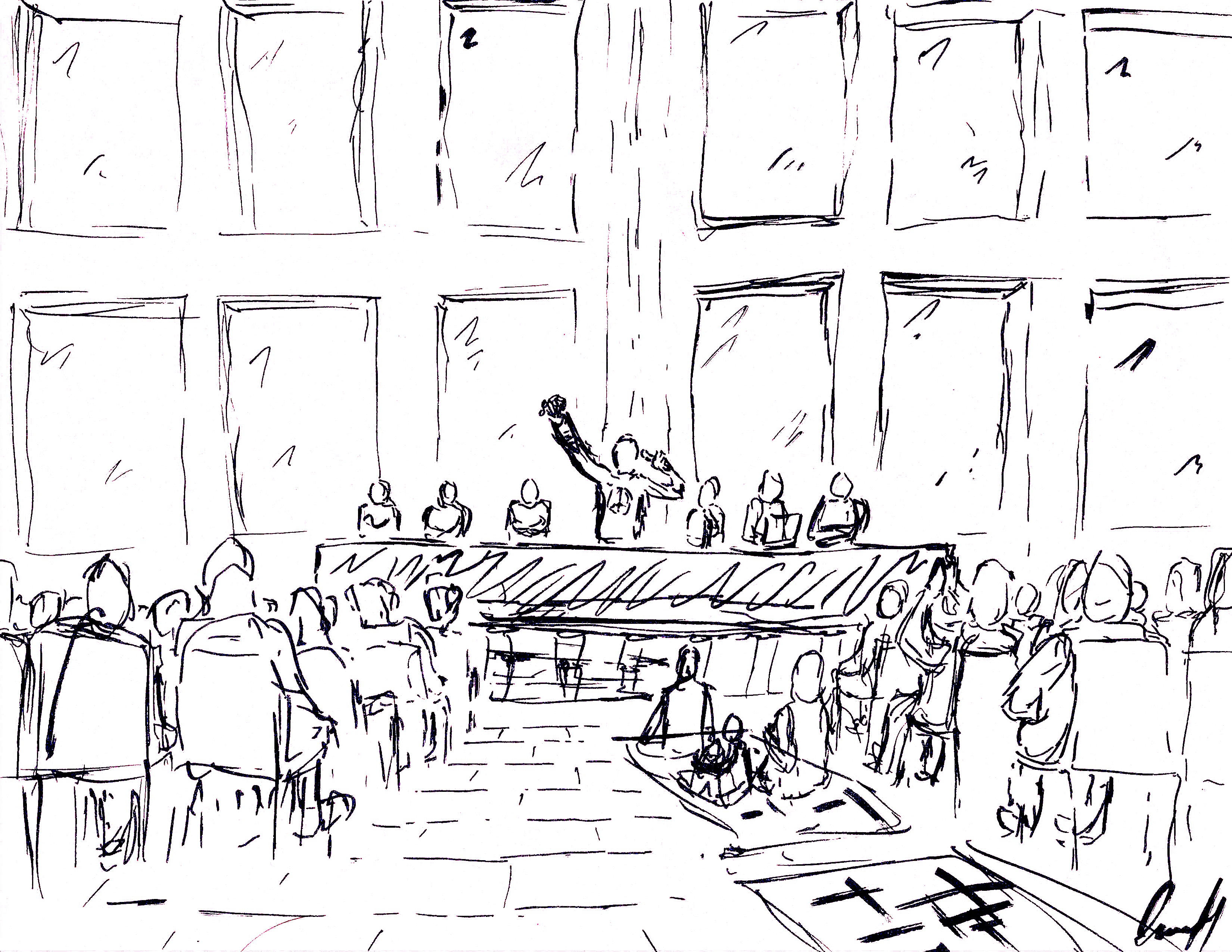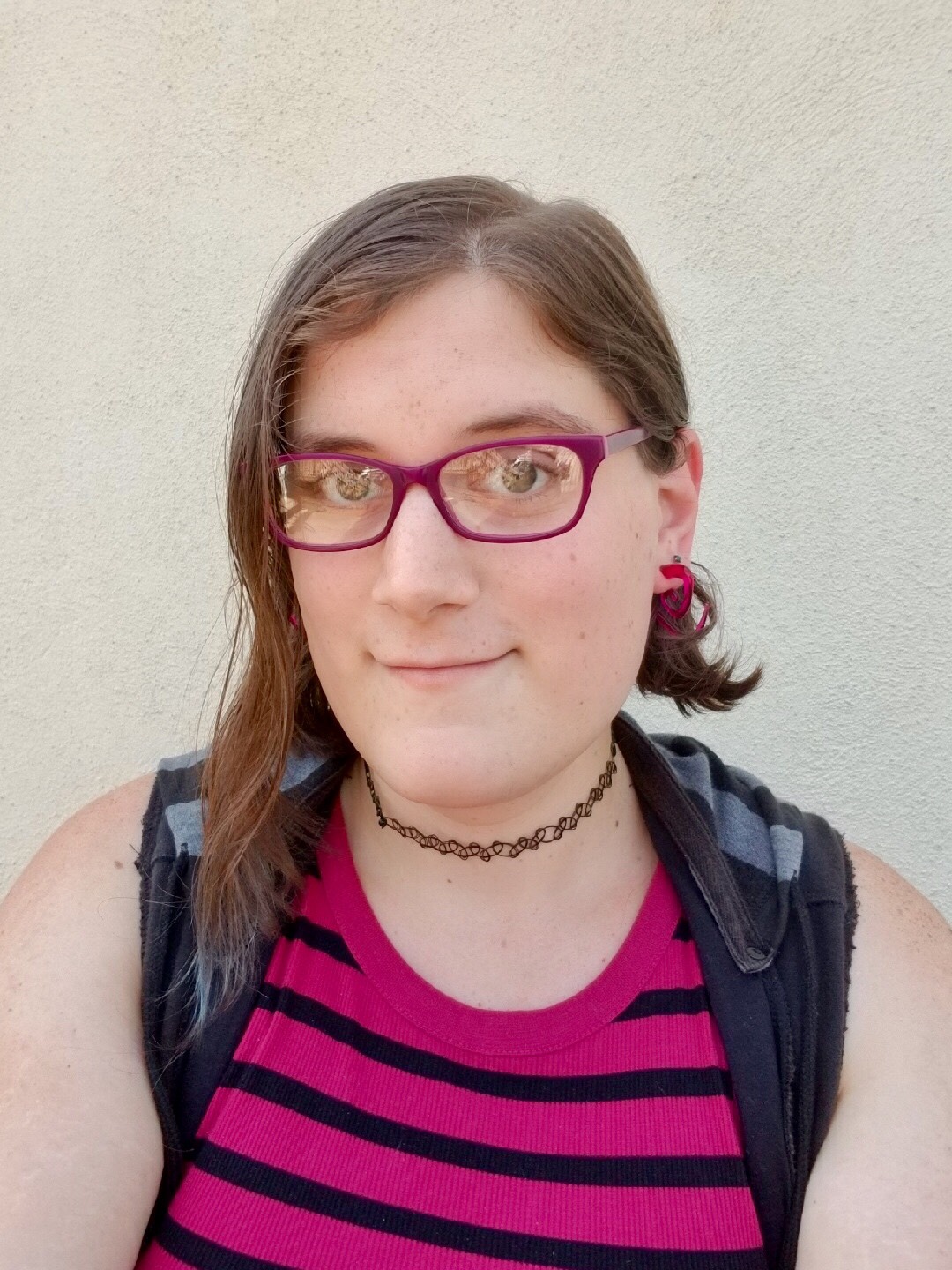Dear Friends, everywhere,
We the Young Friends of Philadelphia Yearly Meeting gathered together at The College of New Jersey located in Ewing, New Jersey from Wednesday, July 24the , through Sunday, July 28the , focusing on this year’s theme; “How do we center ourselves in trust and love?”
Throughout the week, the Young Friends were able to build a more unified and trusting group through a variety of activities. We started our week with a multi-generational gathering where we were able to connect with Friends on a more spiritual level through storytelling. In this activity, we had community members tell a spiritual story, that all Friends present appreciated. Following this, the Young Friends came together to discuss guidelines for this gathering that promoted a safe and loving environment for all Friends.
[Read more…] about 2019 Annual Sessions – Young Friends Epistle
